Key Points
- A loan modification allows you to keep the existing loan while changing the terms.
- A refinance requires you to get a new loan that pays off your previous mortgage.
- Qualifying for a loan modification or refinance could be the deciding factor.

Whether you are struggling to keep up with mortgage payments, face the end of a forbearance period, or want to take advantage of lower interest rates, restructuring your mortgage payment could save you money each month. The goal of both a loan modification and refinance is to lower your monthly payment. However, each loan achieves the goal through different means.
Before you change your home mortgage, consider the advantages and disadvantages of both a loan modification and a refinance.
What is a Loan Modification?
A loan modification can change the terms of your loan without requiring you to re-qualify for the loan. The purpose of a modification is to make the payments more affordable by giving struggling homeowners more favorable terms.
To qualify you must be unable to make the current payments. There is an application that requires you to show evidence of a change in your financial circumstances. Once approved, a modification can:
- Convert a variable rate loan to a fixed rate.
- Lower the interest rate.
- Extend the loan term for up to 40 years.
- Reduce the principal or interest owed.
- Change the loan type.
Your current loan servicer will complete the process and approve the application. Loans owned by Freddie Mac or Fannie May might also qualify for a Flex Modification Program.
Advantages of a Loan Modification
- Permanently lowers your monthly payment.
- Reduce the interest rate for the term of the loan.
- Could receive forgiveness of past-due interest or principal.
- Can bring a delinquent account current without requiring you to catch-up on the payments.
- You can permanently change the terms of your loan without any associated costs.
Disadvantages of a Loan Modification
- Extends the mortgage to 40 years, taking longer to pay off the loan.
- Pay more interest over time because of the extended loan term.
- Will not stop a foreclosure in process.
- You can’t shop lenders or loan terms.
What is a Refinance?
A mortgage refinance will pay off the existing loan and replace it with a new mortgage. You apply for a refinance through your chosen lender and complete an application process similar to a home purchase. You must show evidence that you can manage the new loan payment for the foreseeable future.
Refinance options: You can complete a straight refinance or a cash-out refinance.
A straight refinance receives the lowest interest rate and only refinances the existing mortgage balance.
A cash-out refinance allows you to add to the mortgage balance by receiving cash for available equity that you can use for any purpose. You could use the money for a home renovation, combine multiple mortgages or an equity line of credit into a single loan, pay for a child’s college, or transfer debts to the mortgage. As long as you have adequate equity and enough income to make the new payment, lenders will approve a larger loan. A cash-out refinance does not receive as favorable terms as a straight refinance.
Advantages of a Refinance
- Get better loan terms by extending the loan or lowering the rate.
- Can add other debt balances or get cash out if you have adequate equity.
- Can convert the loan from 30 years to a 15-year loan for a faster payoff.
- Convert loan from variable to a fixed-rate loan.
- Have the ability to compare rates and terms across lenders.
Disadvantages of a Refinance
- High cost. A refinance can include up to 5% of the mortgage, with expenses averaging $5,000.
- Must have good credit and adequate income to qualify for the refinance.
- Less equity in your home should you need to sell.
- When used to transfer debts, there is the temptation to charge up new balances.
- Not a fast option. It often takes 60 days or more to close.
Which Option is Best for You?
Qualifying for the loan could be the deciding factor. A loan modification is designed for homeowners struggling to make current payments. Adjusting the loan terms will allow you to remain in the home due to the lower interest rate and extended term.
A refinance is for owners who have the means to pay the loan and can give you cash out to improve your finances. Loans can also lock in a lower interest rate or change the term.
